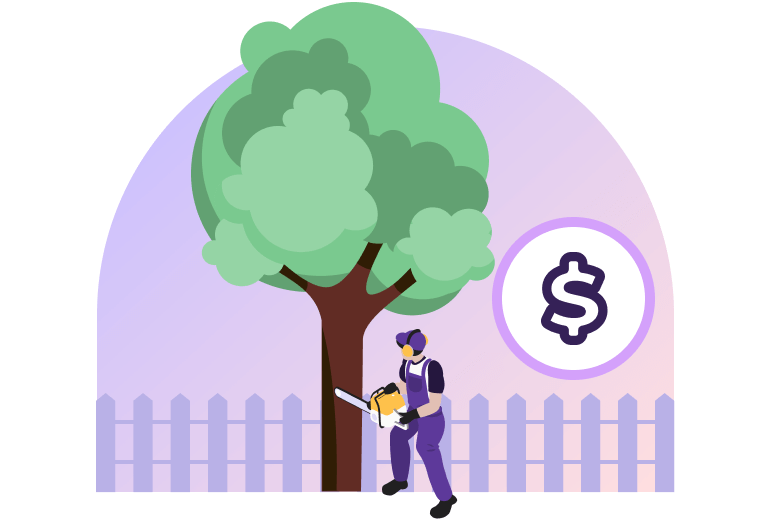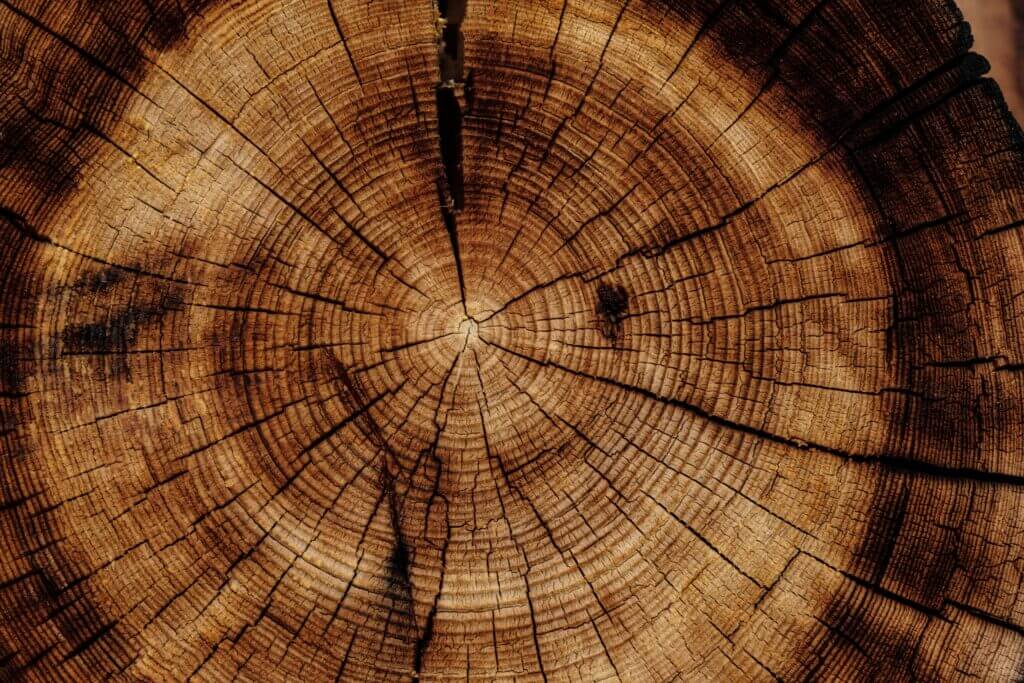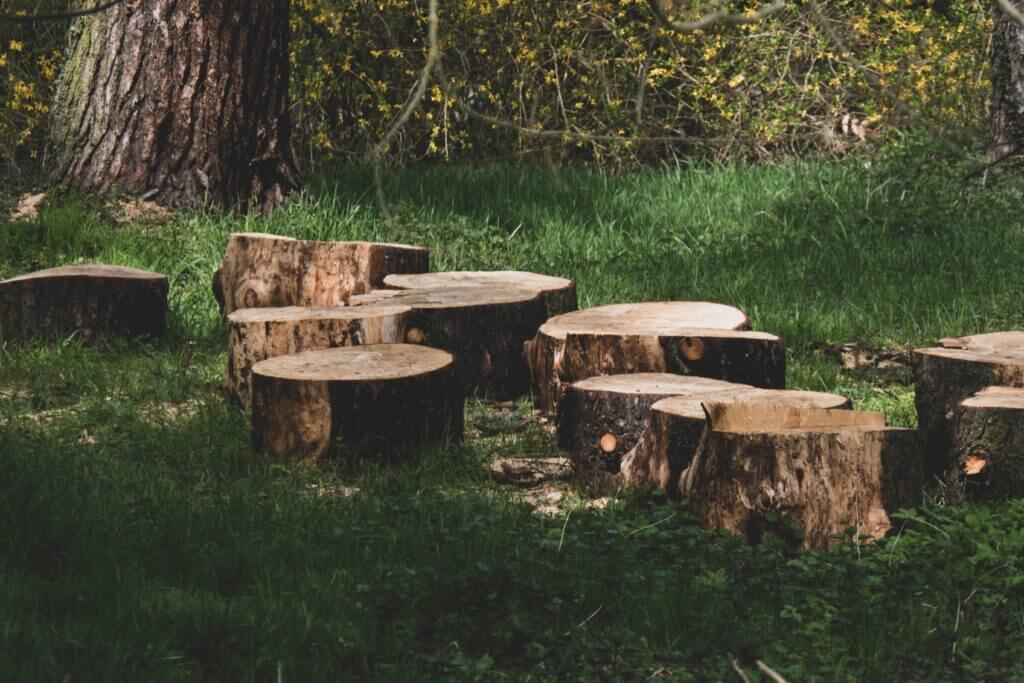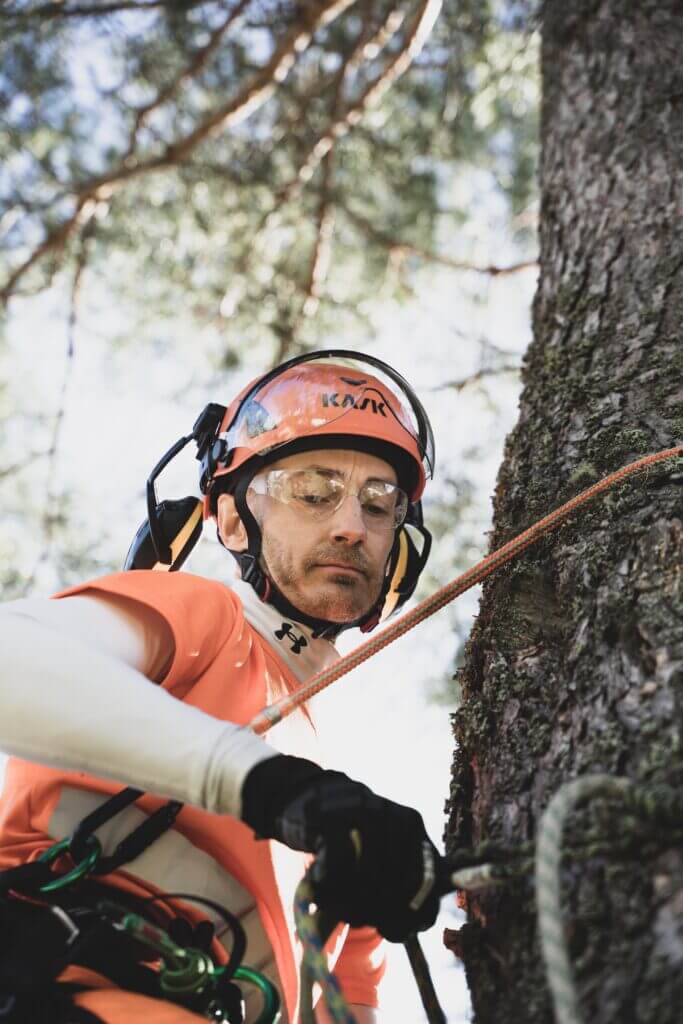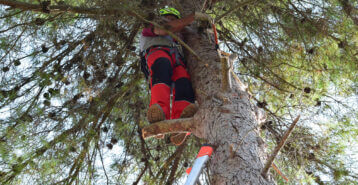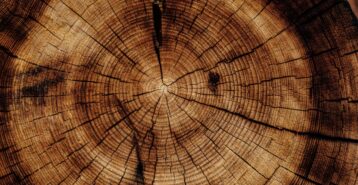Whether a tree in your yard has died, is infected, or is in some other way endangering your home, the smart thing to do is have it removed. The average tree removal cost is $1,650. Costs can vary from $300 – $3,000+ based on the tree type, size, and location. By understanding the factors affecting tree removal costs and examining average costs, you can budget wisely.
Factors Affecting Tree Removal Costs
Several factors influence the overall cost of tree removal. These factors include:
- Tree size and type.
- Tree condition and location.
- Complexity of the removal.
- Stump removal.
- Permits and regulations.
Let’s break some of these costs down to help you reach a solid estimate for your project.
Average Cost to Remove a Tree Based on Size
The first thing that will impact your final costs is how large the tree is. You may be surprised how arborists categorize tree size. Anything under 30 ft. is considered small. Many trees in residential areas fall into that category.
| Size | Average Cost Range |
|---|---|
| Small (up to 30 ft.) | $300 - $800 |
| Medium (30-60 ft.) | $800 - $1,500 |
| Large (over 60 ft.) | $1,500 - $3,000 |
Average Cost to Remove a Tree Based on Type and Size
Even small trees can become expensive to remove depending on what type of tree it is. Different trees have different levels of wood hardness and density as well as branch structure and spread. Some trees also require specialized knowledge or techniques to be able to remove them. The table below shows average cost to remove a tree based on both size and type.
| Tree Type | Small Tree (up to 30 ft.) | Medium Tree (30 - 60 ft.) | Large Tree (60 ft. and above) |
|---|---|---|---|
| Pine | $300 - $800 | $800 - $1,500 | $1,500 - $3,000 |
| Oak | $500 - $1,000 | $1,000 - $2,500 | $2,500 - $3,500 |
| Maple | $400 - $800 | $800 - $1,500 | $1,500 - $2,000 |
| Elm | $500 - $1,200 | $1,200 - $2,500 | $2,500 - $3,500 |
| Palm | $200 - $500 | $500 - $800 | $800 - $1,000 |
| Spruce | $400 - $800 | $800 - $1,500 | $1,500 - $2,000 |
Tree Condition and Location
The condition and location of a tree can have a significant impact on the cost of its removal. Here’s how these factors can influence the overall cost.
Condition
The condition of the tree plays a role in the difficulty and complexity of the removal process. Diseased or dead trees are often more brittle and unstable, requiring careful dismantling to prevent damage to surrounding property.
If a tree is leaning, damaged, or has extensive branches, it may require additional expertise, equipment, and time to safely remove it. A tree that is still standing will have a different removal cost than a tree that has already fallen into your home. All these factors can contribute to a higher cost.
Location
The location of the tree also affects the cost of removal. Factors such as accessibility, proximity to buildings or power lines, and the presence of obstacles in the vicinity can increase the complexity and risk involved in removing the tree.
If the tree is located in a confined space or requires specialized equipment like cranes or lifts for removal, the cost is likely to be higher. Similarly, if the tree is near power lines or structures, the tree removal company may need to take extra precautions to ensure safety, which can increase the overall cost.
Tree Stumps and Overall Project Cost
Tree stump removal is not typically included in a tree removal quote. If you want to get your tree removed for as little as possible, consider leaving the stump where it is. There are a couple reasons why you may want to budget for this extra expense, though:
- Pests and diseases. Tree stumps can attract termites and carpenter ants, and these insects may eventually spread to nearby healthy trees or even your home. Stumps can also harbor diseases that can affect other plants, so removing them can help prevent the spread of infections. If any of these are a concern in your area, give serious consideration to removing the tree stump.
- Safety. Tree stumps can pose safety hazards, especially when they’re hidden by grass or vegetation. They can cause trips and falls. Additionally, stumps can obstruct pathways, driveways, or other areas, making it challenging to navigate your property safely.
Tree Removal: DIY or Hire a Pro?
Like gas line and electrical work, tree removal should never be a DIY project. Tree removal requires specialized knowledge, skills, and equipment to ensure the task is performed safely. In addition to the safety hazards that come with using heavy equipment while high off the ground, many municipalities also have laws against removing trees without a professional. This is especially true for areas where tree removal requires a permit or for homes where trees are near utility lines.
Professional arborists are familiar with these regulations and can obtain the necessary permits, ensuring compliance with local laws.
How to Find Tree Removal Pros
In addition to asking friends and neighbors for recommendations, you may also want to check arborist chapters and licensing facilities in your area.
Modernize recommends getting three to four quotes from professionals so that you can get a strong sense of where pricing falls in your area. Be wary of quotes that are either significantly higher or lower than other quotes you’ve gotten.
If you don’t want to make calls and do research, Modernize can also match you with up to four tree service providers in your area.
